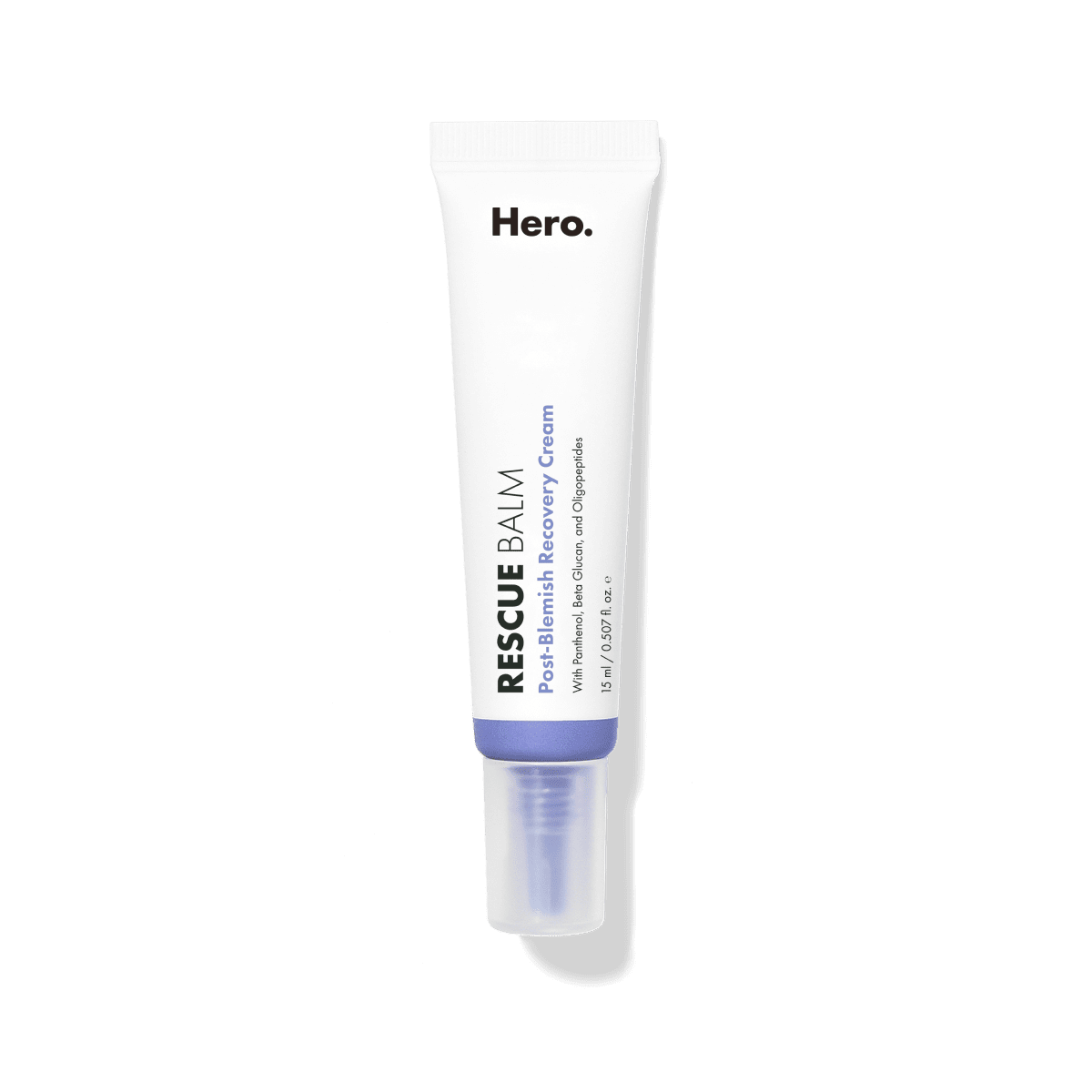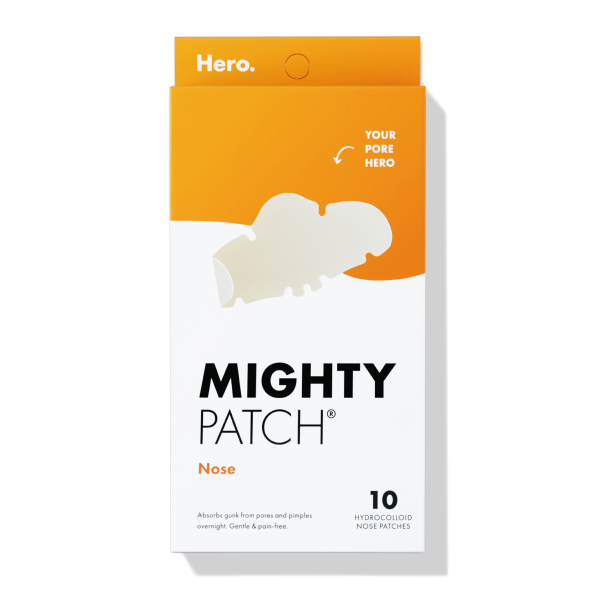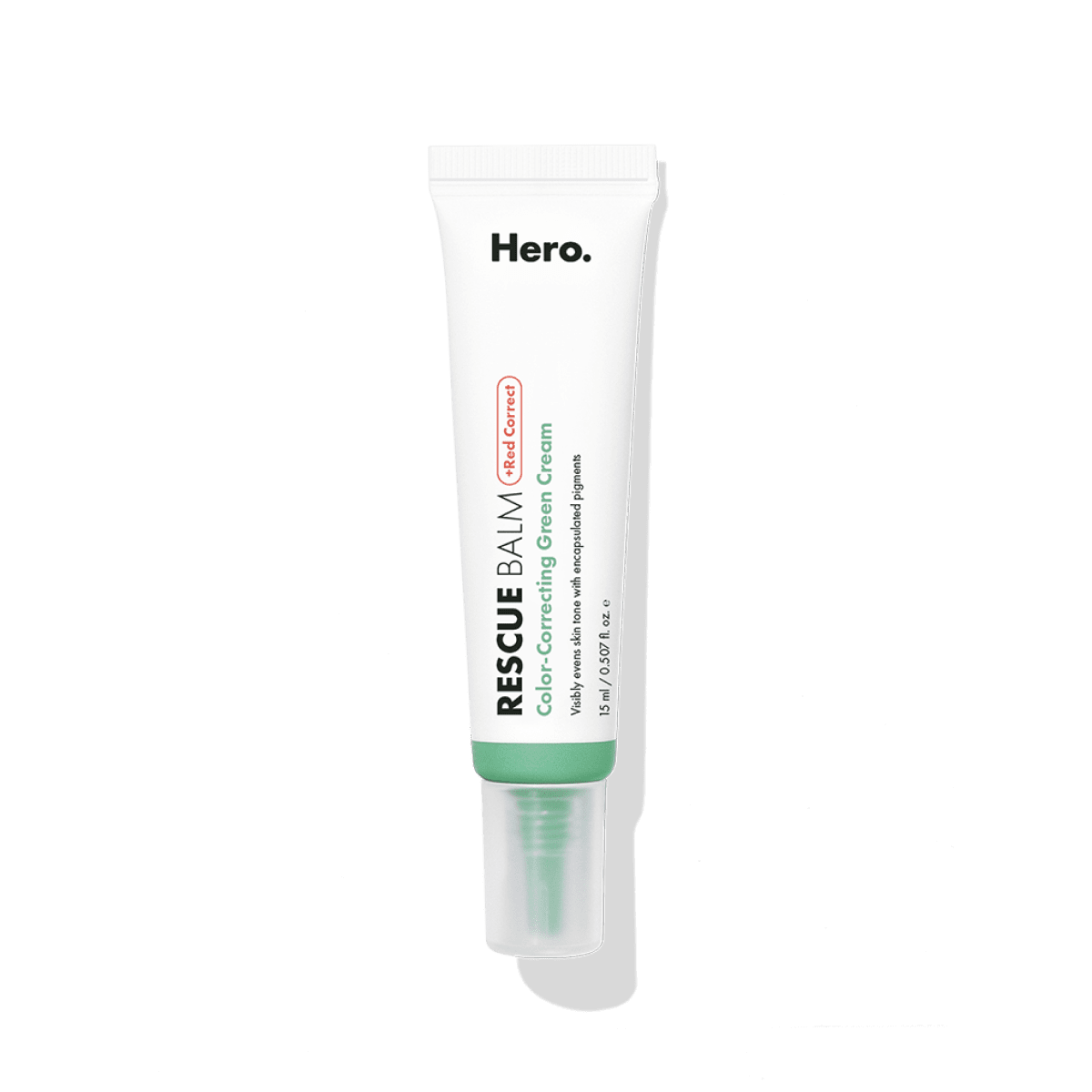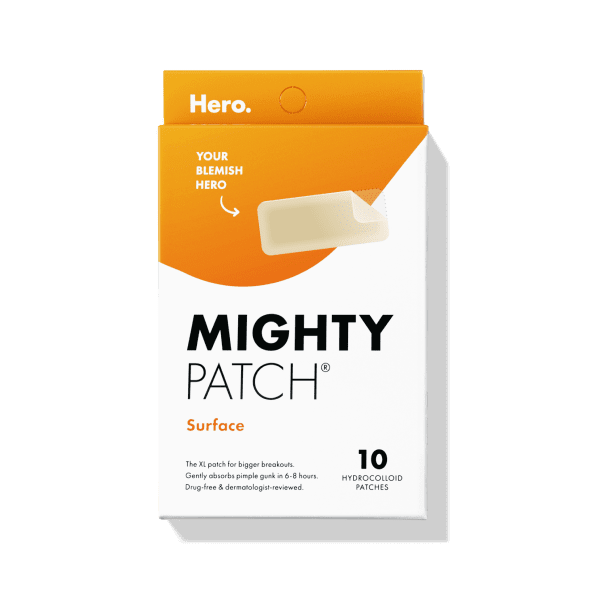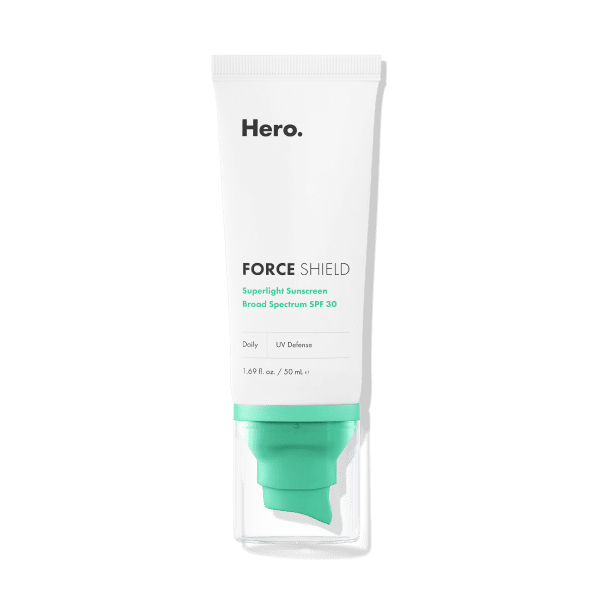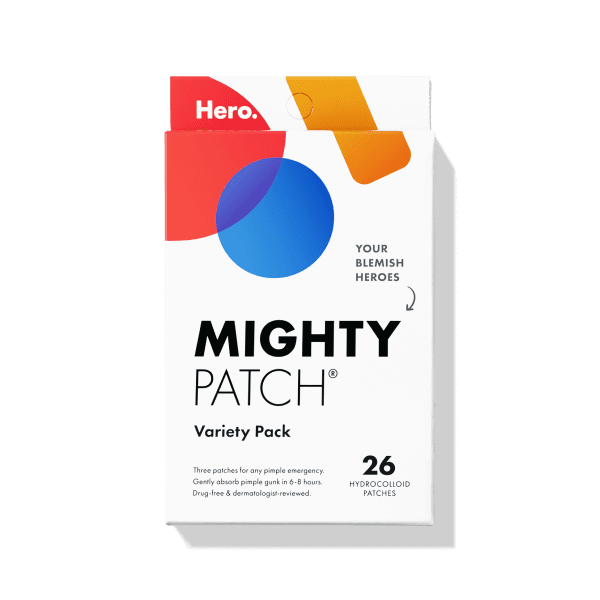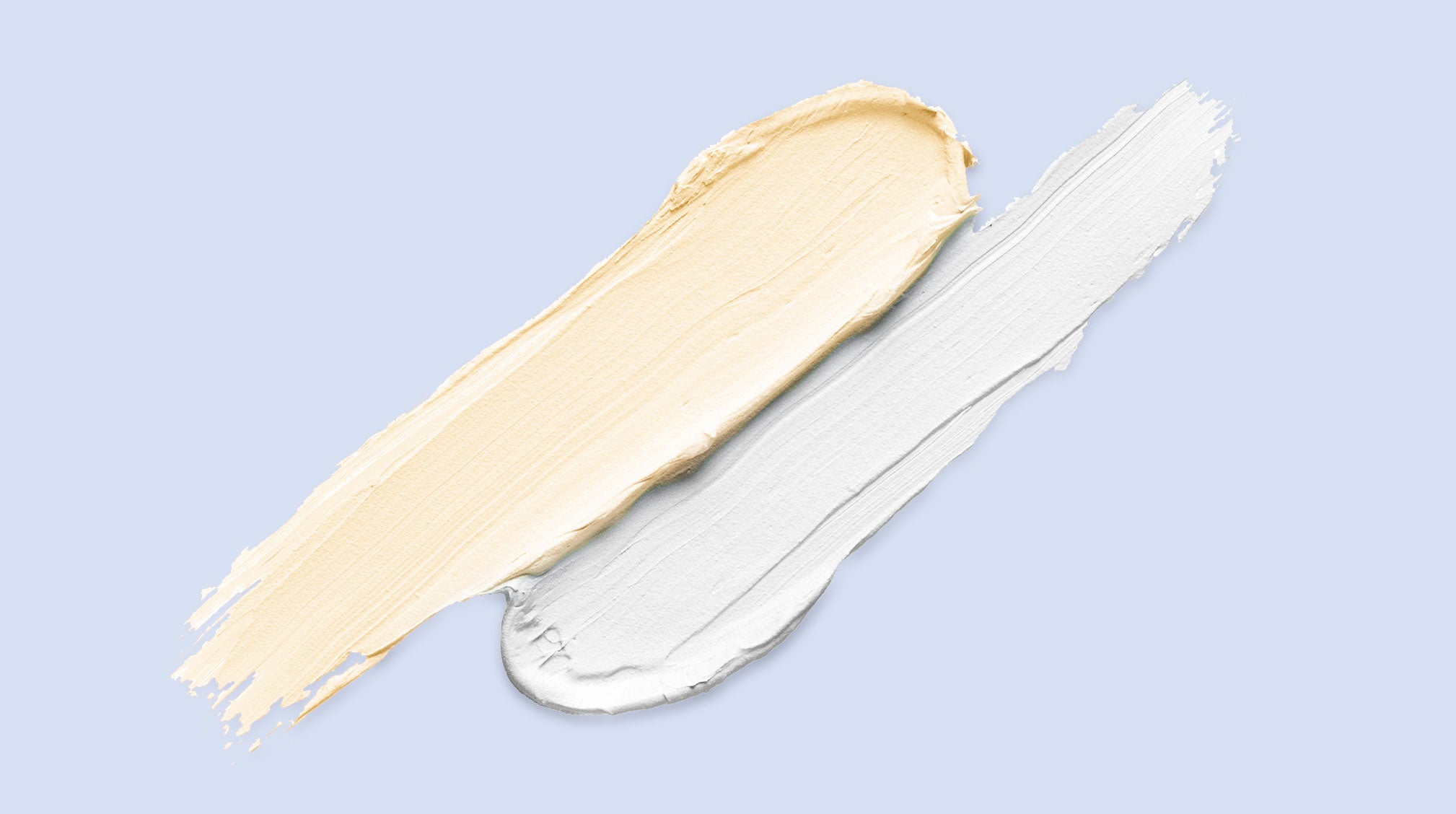
At Hero Cosmetics, we love getting ingredient questions because we’re all about our customers taking charge of the journey to their best skin! One of the questions we see on the reg is whether or not it’s safe to combine vitamin C and niacinamide. Sometimes, people see a product that combines both ingredients and are wary of trying it for fear of a reaction. Other times, a user of the mega-hyped The Ordinary vitamin c products wants to know if it’s safe to use a treatment containing niacinamide.
So, can you mix vitamin c and niacinamide? We consulted derms and other skincare experts to answer the FAQ once and for all.

What does Vitamin C do for the skin?
Vitamin C has long been a go-to brightener for dermatologists, estheticians and skincare brands, and for good reason. “Topical vitamin C does several things: it’s a potent antioxidant to prevent damage to our cells from UV rays and the environment, it inhibits an enzyme called tyrosinase in the skin to prevent hyperpigmentation, it is an anti inflammatory to help with redness in skin, and it can boost collagen production,” explains Dr. Erum Ilyas, a board-certified dermatologist practicing in the Philadelphia area. “It has been shown to improve the texture and appearance of skin overall.”
RELATED READ: Want Instantly Brighter Skin? Try Vitamin C

What does Niacinamide do for the skin?
Niacinamide, one of the major forms of vitamin B3, enables your body to make nicotinamide adenine dinucleotide (NAD+/NADH), a molecule that allows your skin cells to repair damage and regenerate. This skin cell activity results in numerous niacinamide benefits, from healing inflammatory pimples and regulating sebum production, to preventing pigment transfer and boosting collagen production (both of which lighten hyperpigmentation).
Niacin vs. Niacinamide
The other form of vitamin B3 is niacin (AKA nicotinic acid). It is found naturally in foods like yeast, meat, fish, milk, eggs, green vegetables, and cereal grains or can be taken as a supplement. Niacin prompts your body to convert nutrients into energy, produce cholesterol and fats, and repair DNA.
RELATED READ: 3 Reasons to Consider Adding B3 (Niacinamide) to Your Skincare Routine
Now, the million dollar question: Can you mix vitamin C and niacinamide?
Yes, according to all the dermatologists and experts we consulted.
Then why all the drama about the combo?
“There is an old study from almost 60 years ago that showed that when these two products were used together under unique circumstances involving extremely high temperatures, they led to the development of nicotinic acid, which is irritating to the skin,” says Ilyas. “This will not happen in real world circumstances.”
Since this “niacin flush” or tingling would only occur in extreme heat, you probably don’t want to leave your niacinamide in the car in the middle of August. And if we’re keeping it real, you don’t want to do that with your vitamin C or any skincare product, for that matter. “Like any ingredient, both are best left stored in a room temperature environment,” says Dr. Anna H. Chacon, a board-certified dermatologist who serves on the advisory board for Smart Style Today. “If stored at high temperatures (such as sitting out in the sun in your car or garage), combining these products may be an issue, as vitamin C does best in an acidic (low pH) environment and niacinamide does best at a neutral pH. However, most skincare products do better when stored at room temperature and often don’t work as effectively if left for many hours out in the sun, or in a heated environment. In conclusion, you should take just as good care of your skincare products by storing them in a suitable setting, as you take care of your skin.”

Better and brighter together: niacinamide and vitamin C
Now that we know it’s a perfectly safe combination, feel free to mix niacinamide and vitamin C to your heart’s content. However, if you still feel nervous about combining the two ingredients on your sensitive skin, you can always use niacinamide in the morning and vitamin C at night, or even alternate days.
There are significant skin-brightening benefits to using both ingredients together, even in the same product. “These two ingredients are both wonderful for the skin and so beneficial, especially when used together,” says renowned Hollywood esthetician Sonya Dakar. “The art and science of good skincare products is finding the balance and synergy in which all active ingredients can exist and transform your skin in a safe and smart manner.”
Safe, smart and transformative is exactly how we would describe Micropoint for Dark Spots. 😉 Our powerful post-pimple patch uses 173 dissolving micropoints to deliver a combination of niacinamide, vitamin C and other brighteners straight to the source of discoloration. Micropoint visibly improves the look of dark spots, hyperpigmentation and sunspots in just two uses.
[[product-ad]]


